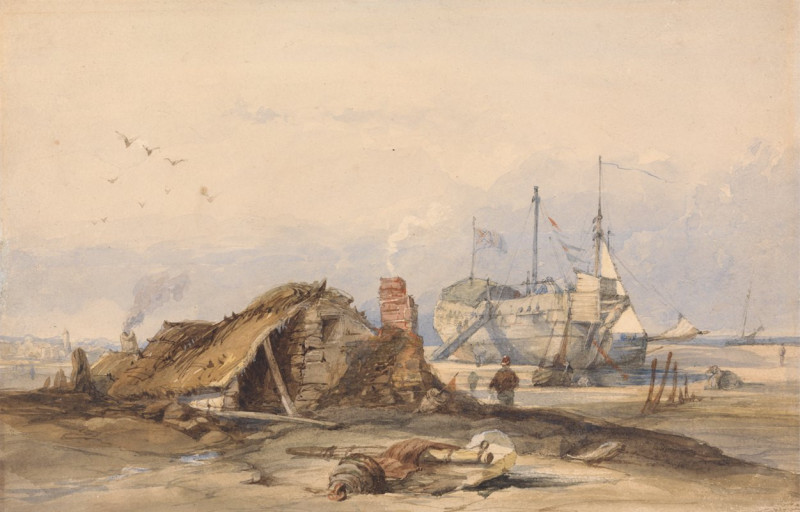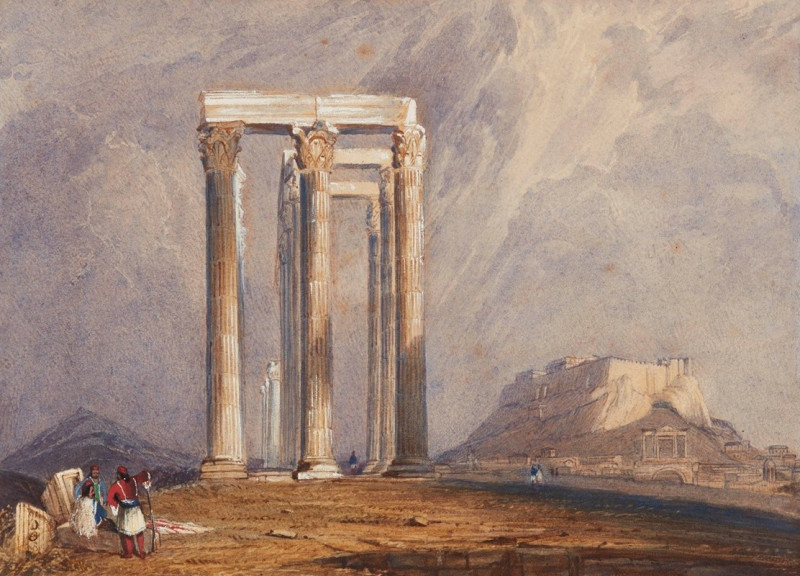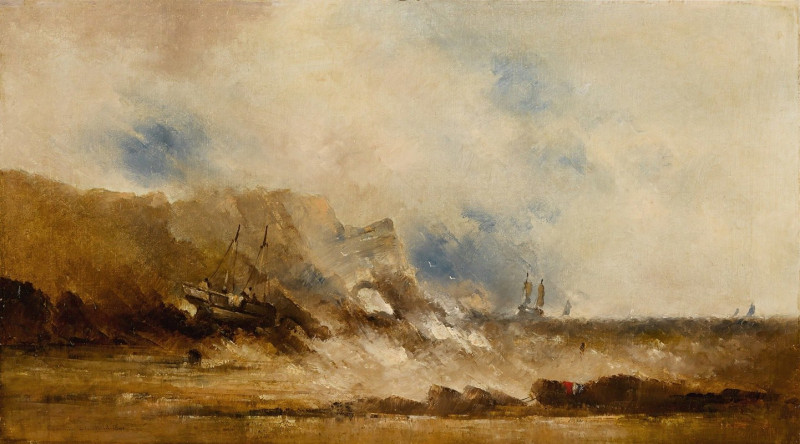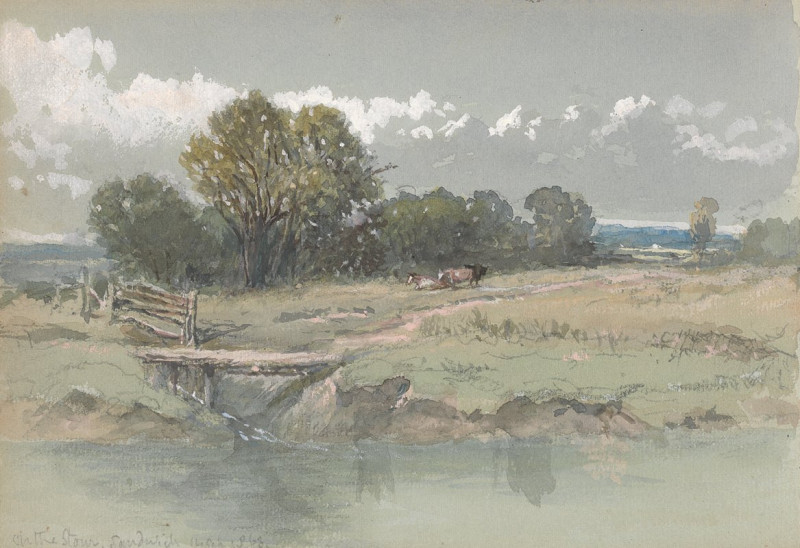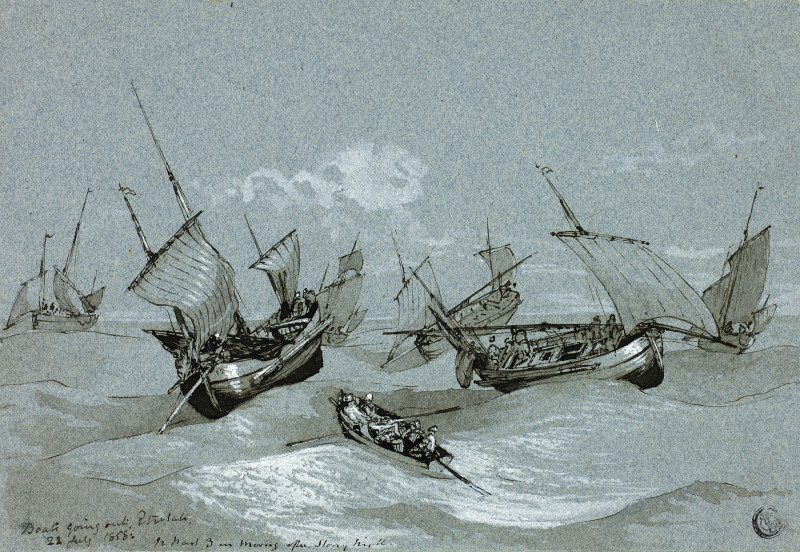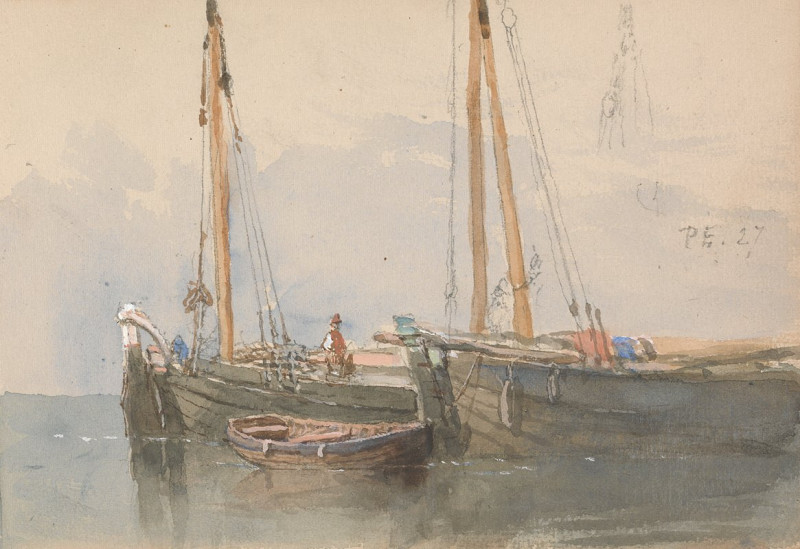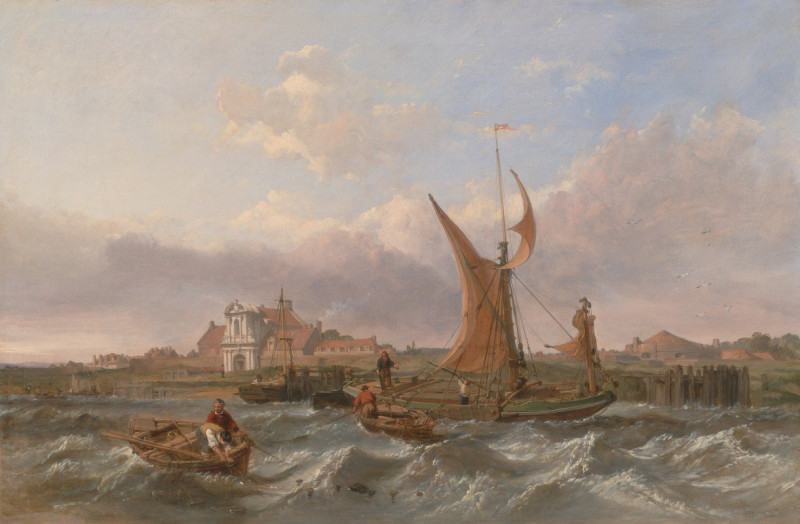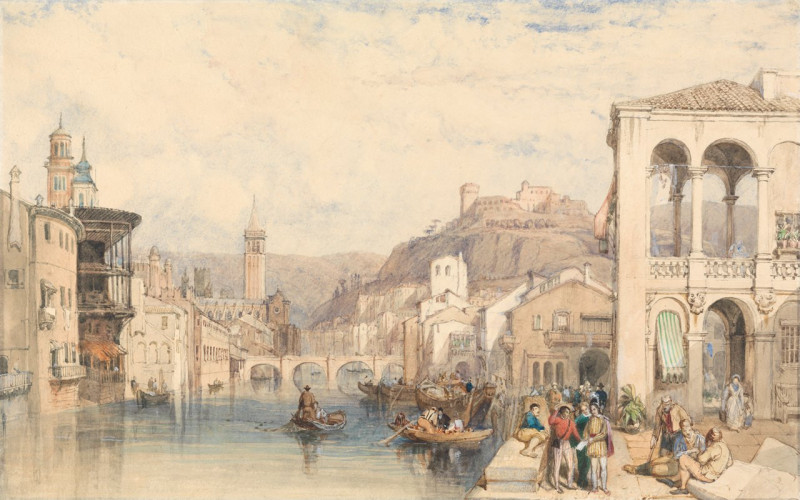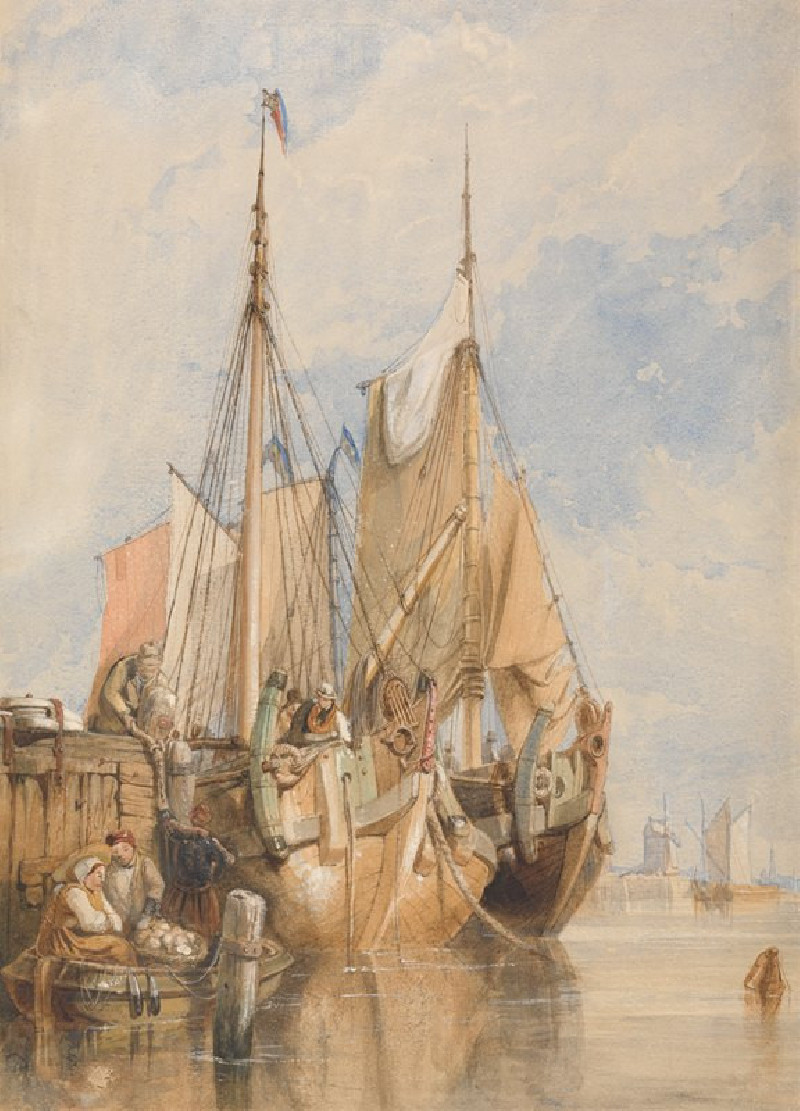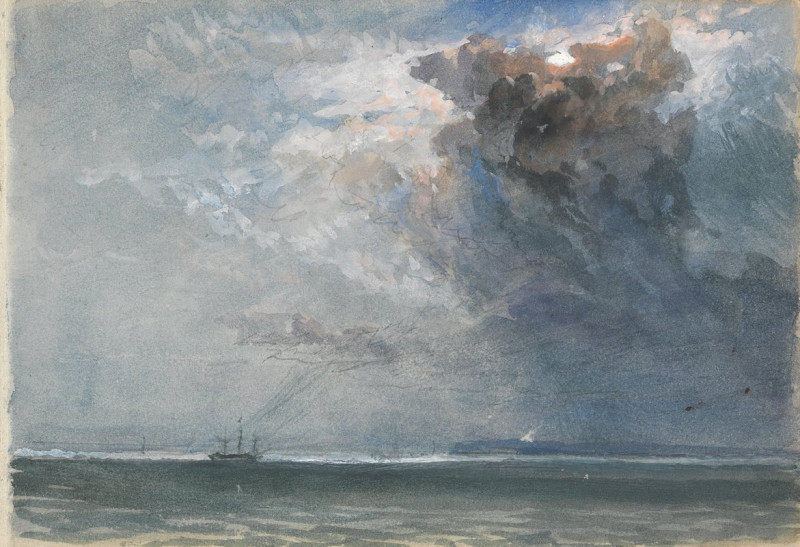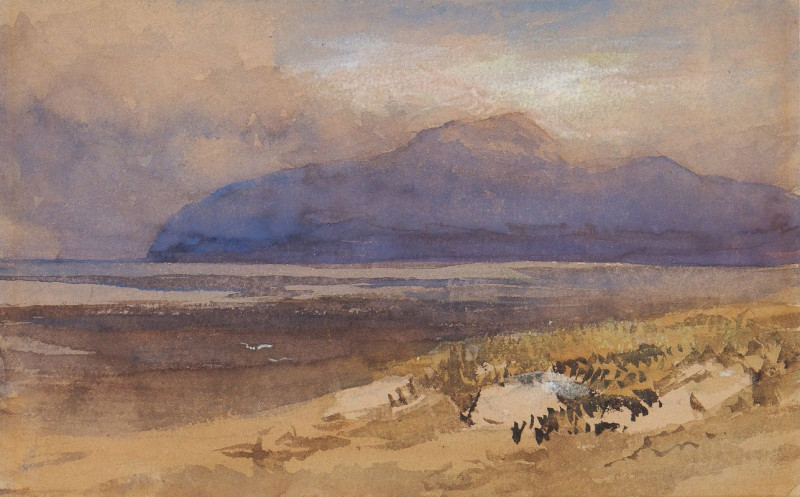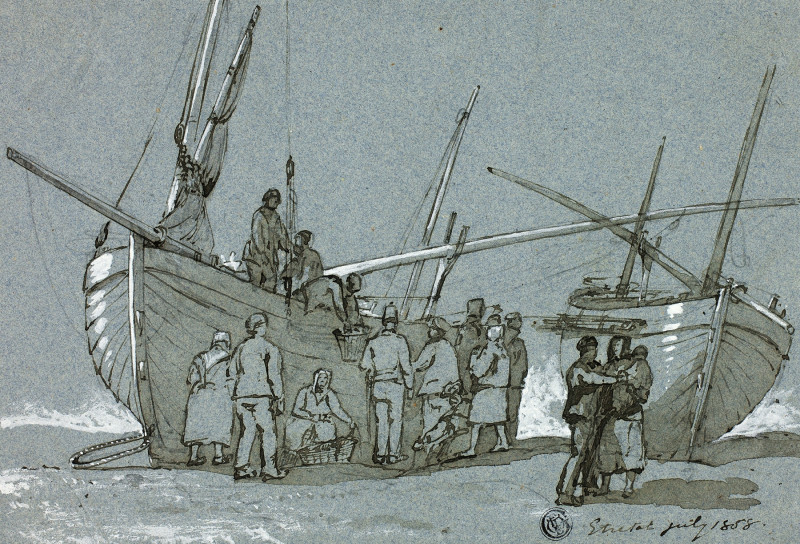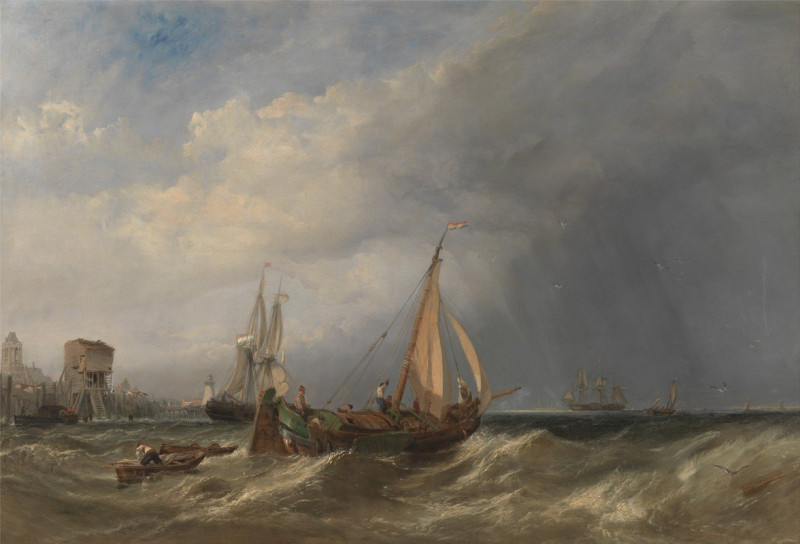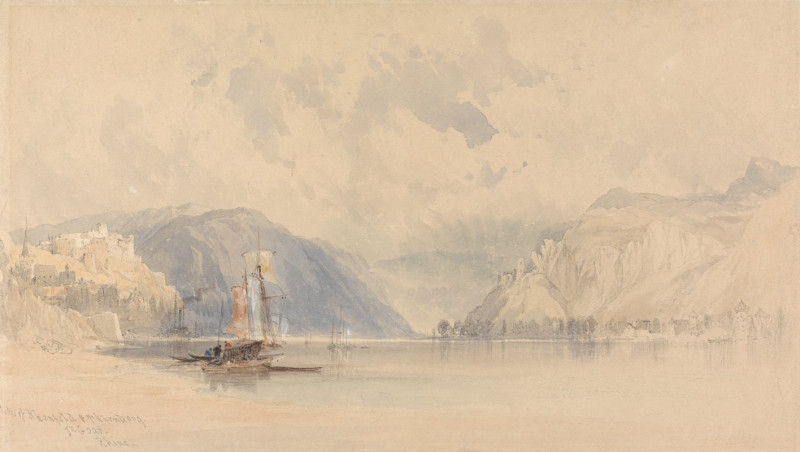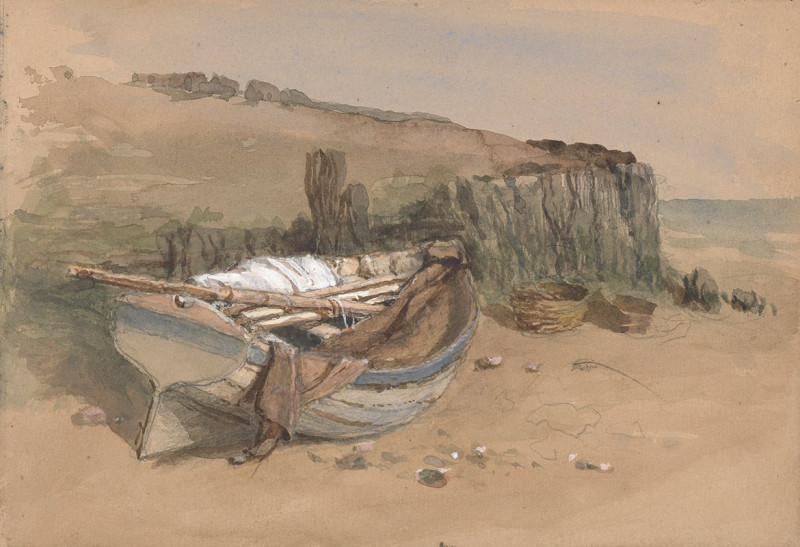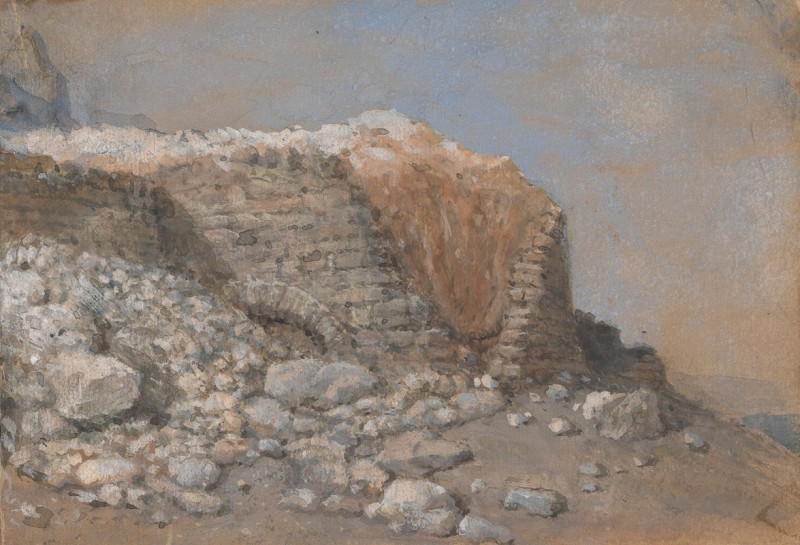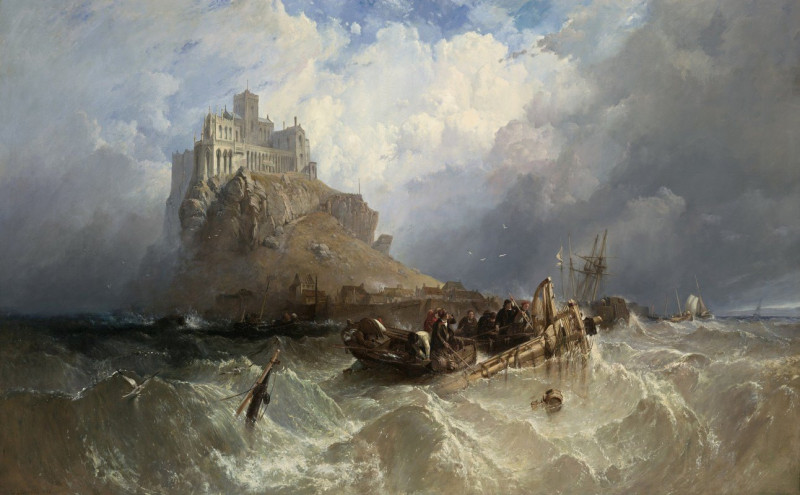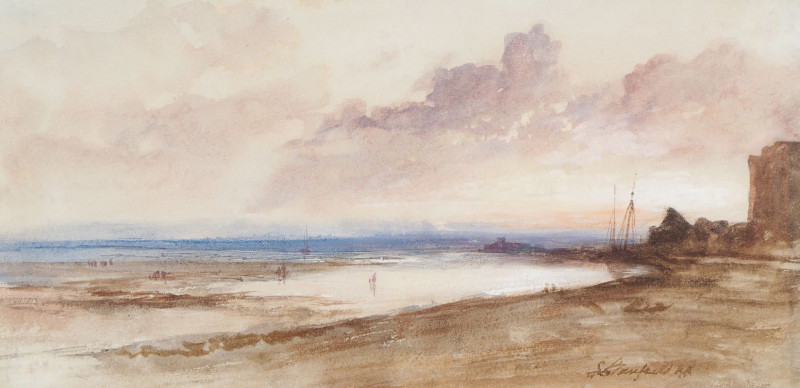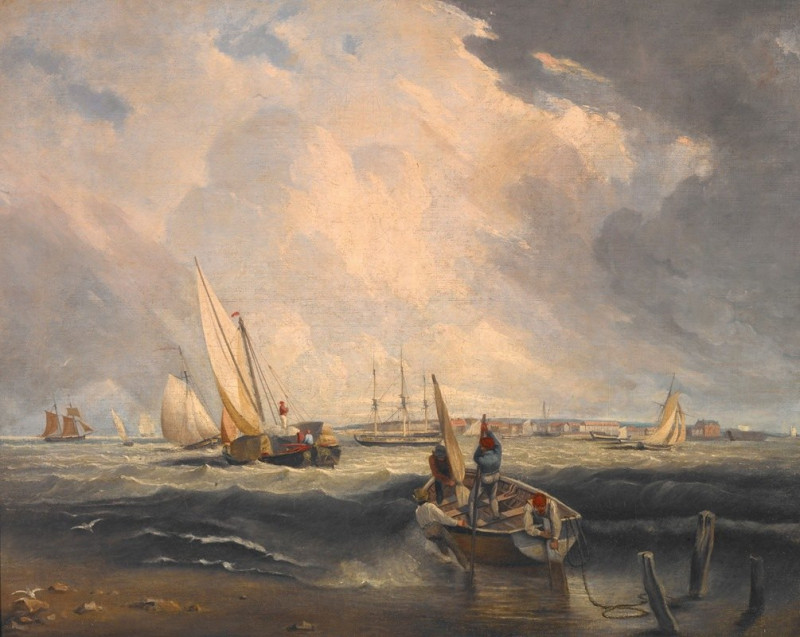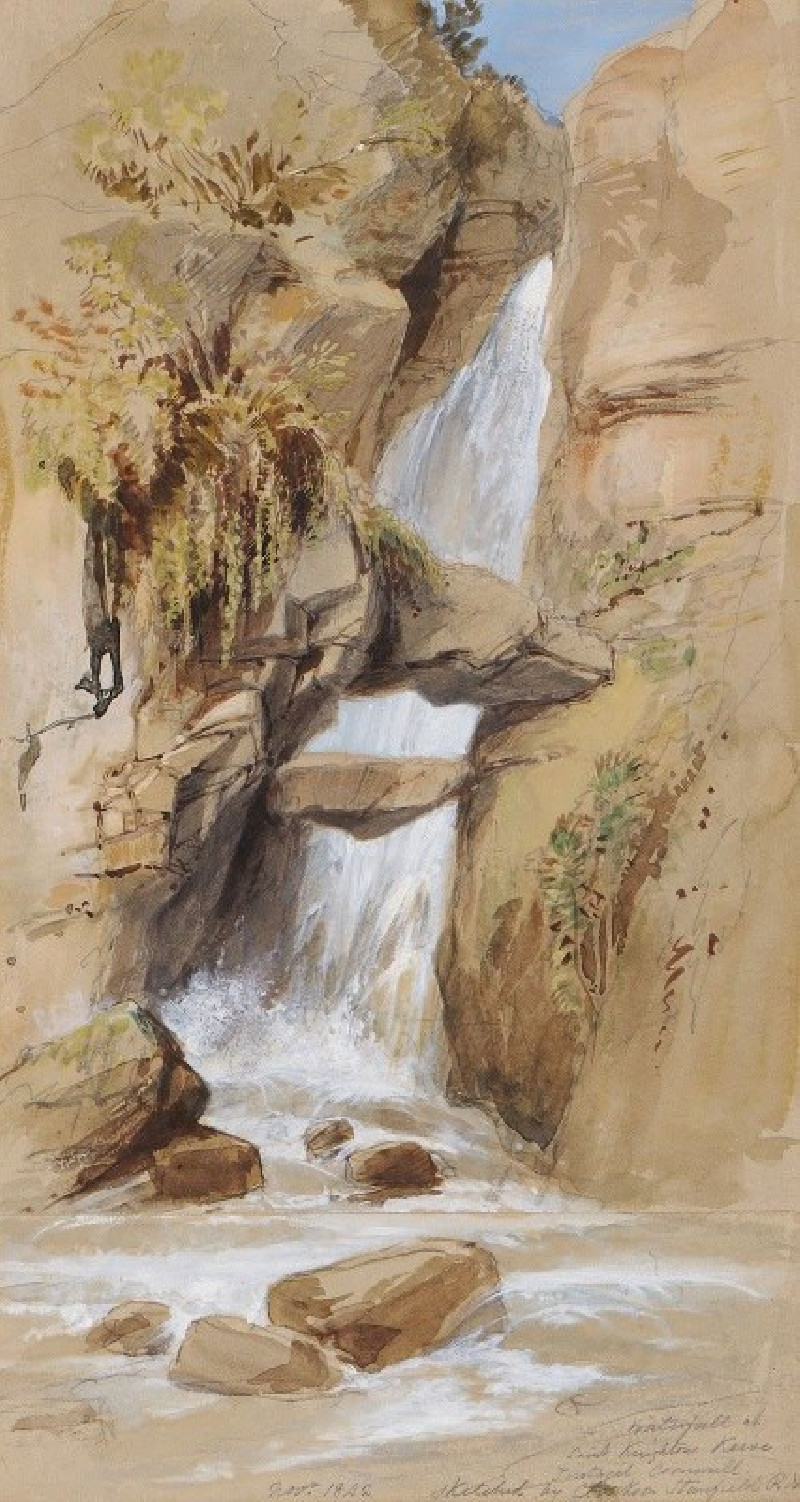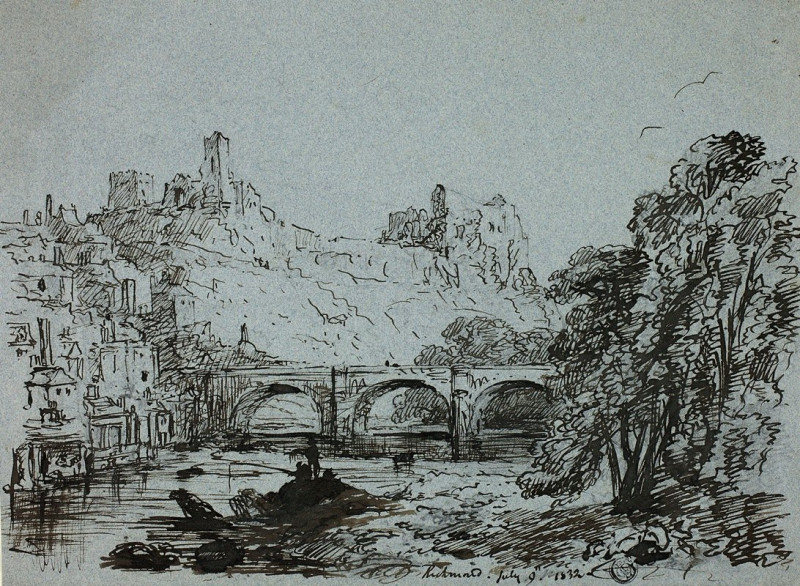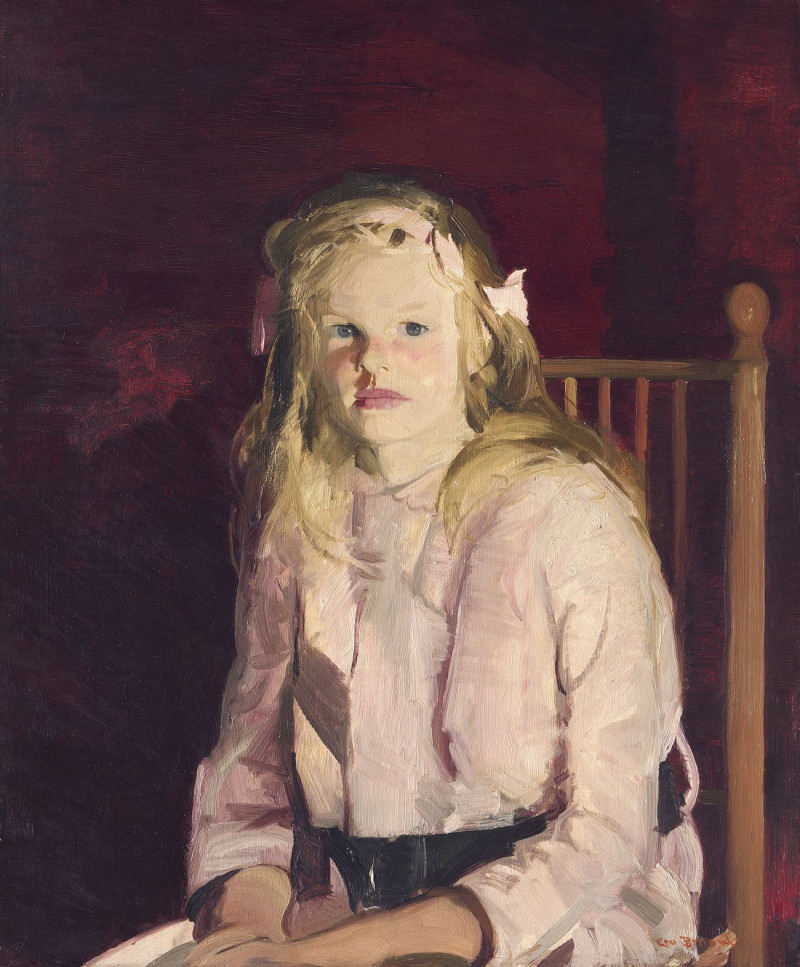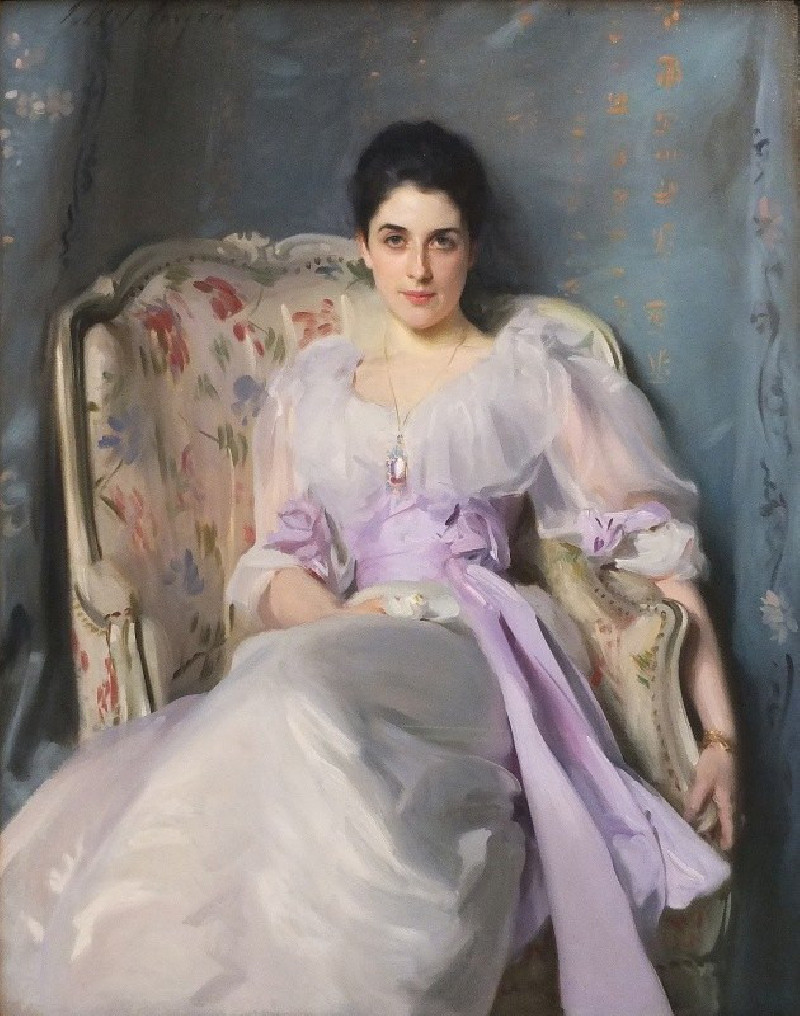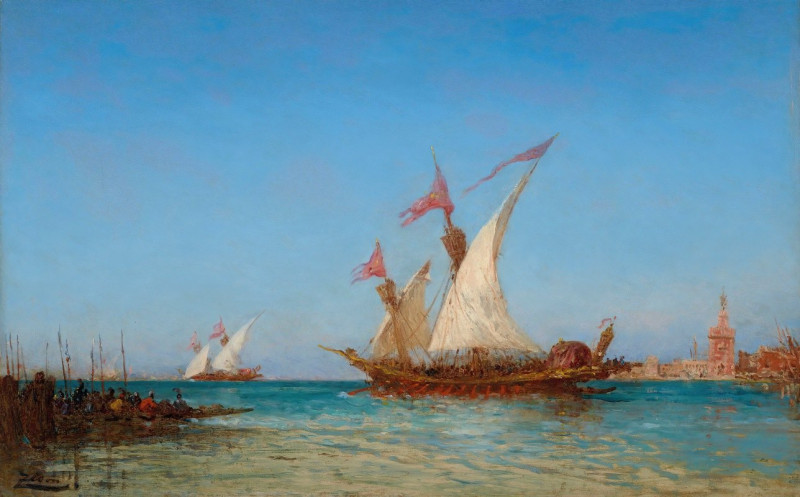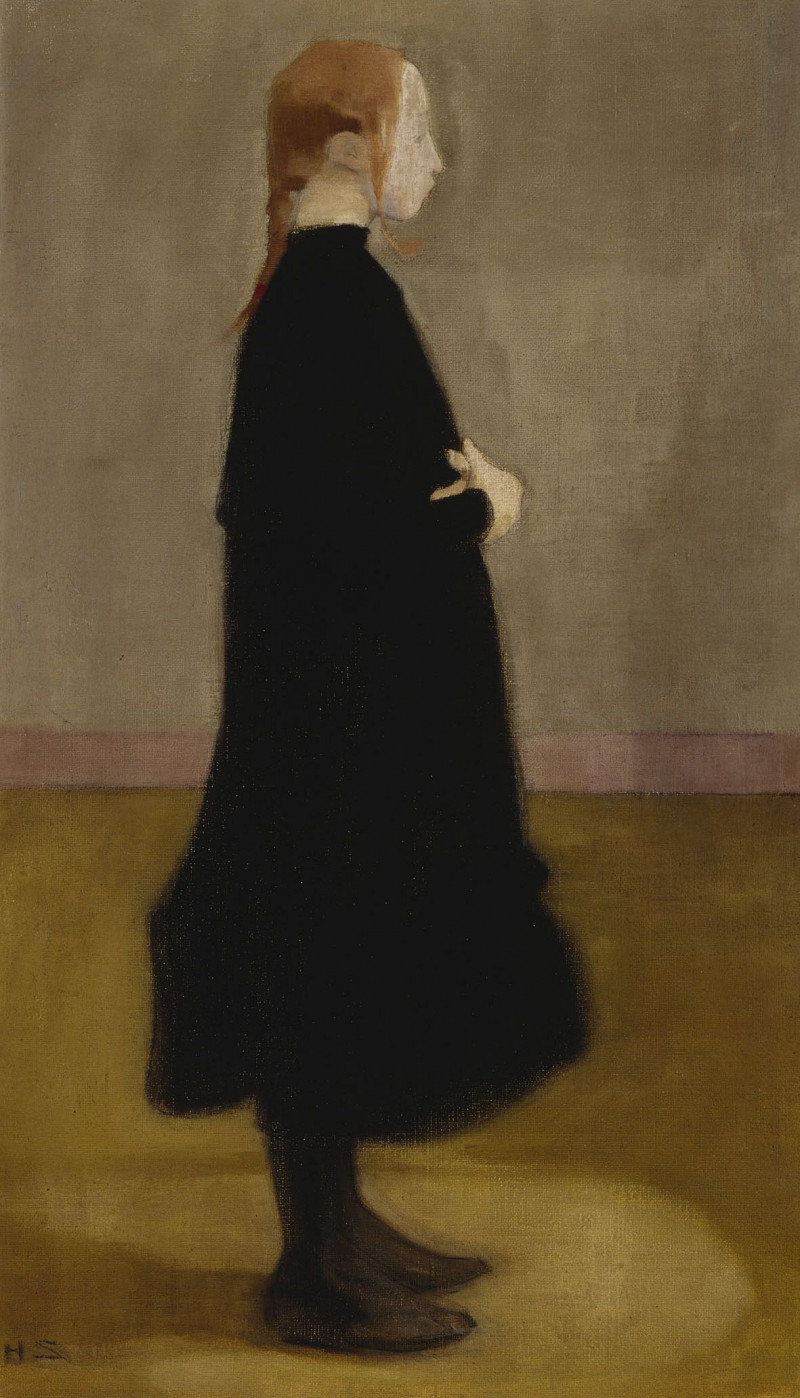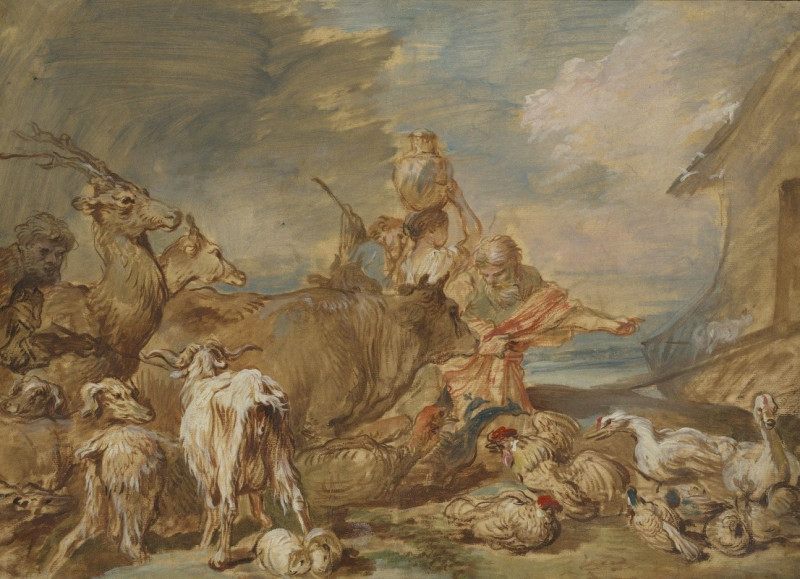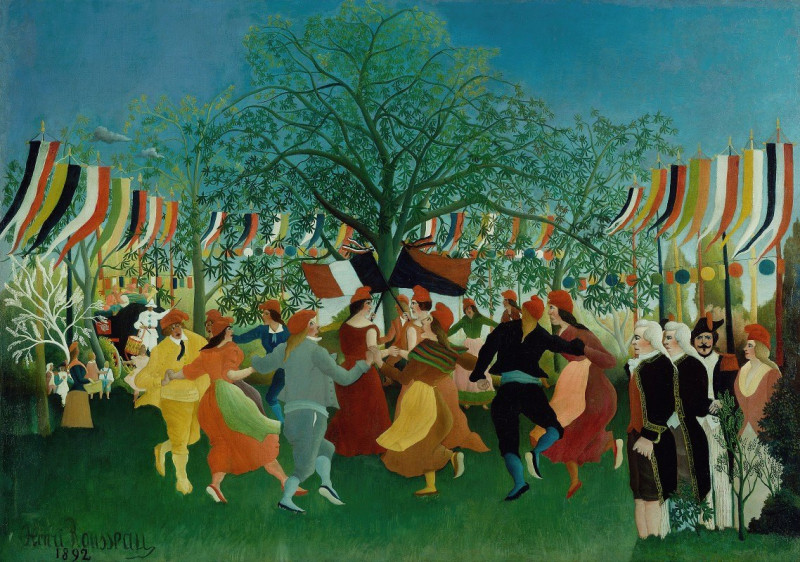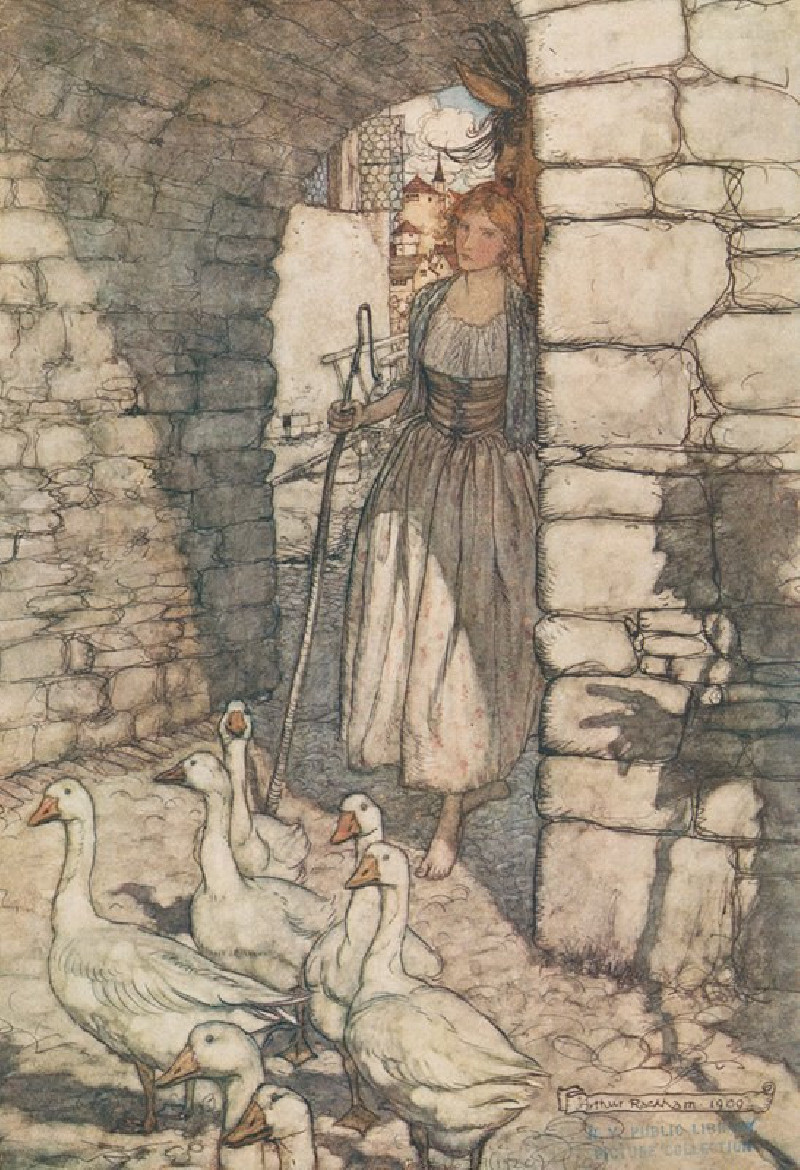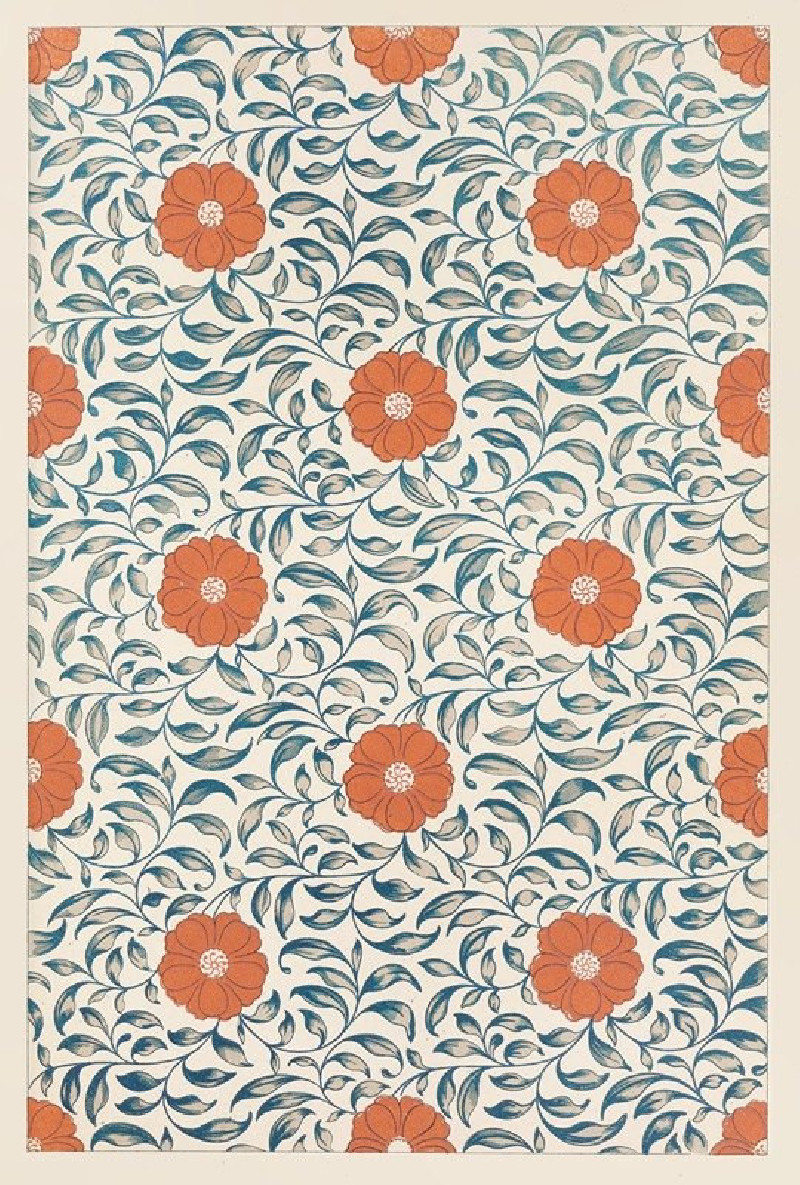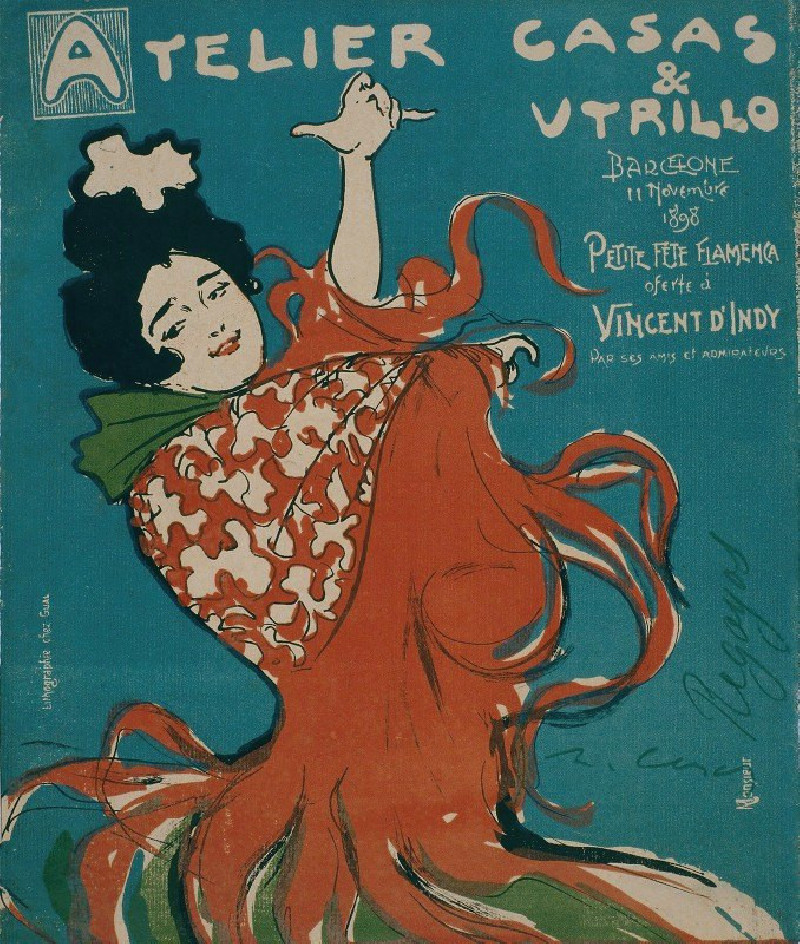The Blockade Station, Rye
Technique: Giclée quality print
Recommended by our customers
More about this artwork
Explore the maritime era through Clarkson Stanfield's evocative watercolor, "The Blockade Station, Rye." This painting draws the viewer into a coastal scene bustling with the quiet activity of naval life in the early 19th century.At the forefront of this picturesque composition lies the remnants of a dilapidated structure, perhaps once a shelter for those working at the blockade. The earthy tones of the thatched roof and weathered wood starkly contrast with the soft, muted blues of the sky and sea, highlighting the harsh elements faced by coastal stations.In the background, majestic ships anchored in the calm harbor signify the presence of a naval blockade, possibly during the Napoleonic Wars. Flags flutter gently in the breeze, while subtle smoke rises in the distance, suggesting the daily life and ongoing activities aboard the ships.To the right, figures move subtly about their tasks, adding a human element to the scene. In the open foreground, various maritime debris scattered across the shore reinforce the themes of solitude and the passage of time.Notice the fine details Stanfield employs to convey light and texture, creating a scene that resonates with historical ambiance and a serene aesthetic appeal. "The Blockade Station, Rye" not only captures a moment in maritime history but also reflects the broader narrative of human endeavor against the backdrop of the sea.
Delivery
Returns
Clarkson Frederick Stanfield (3 December 1793 – 18 May 1867) was a prominent English painter (often inaccurately credited as William Clarkson Stanfield) who was best known for his large-scale paintings of dramatic marine subjects and landscapes. He was the father of the painter George Clarkson Stanfield and the composer Francis Stanfield.

